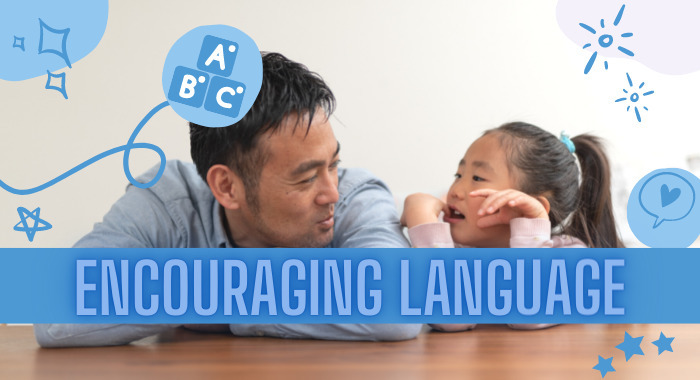I am sharing with you four of my favourite strategies I share with parents and caregivers to help enhance their child’s speech and language skills. These strategies can be implemented anywhere! Try them while you help to dress your toddler, prepare meals, during play time at home, in the car or even at a fun place like at the park. The more you use these language elicitation strategies, the more your child should learn to understand and use words. So, please go ahead and try these techniques today. Have fun and don’t forget to praise your child for all of their attempts at speech and language, especially if they attempt or say something new!
Strategy 1 - SELF-TALK
The first thing you can do to start helping your late talker is something called “Self Talk”. This is essentially just talking about what you’re doing. You’re going to feel like you’re just talking to yourself but it will help! When you are around your child, talk about what you are doing. Describe what you are holding, the actions you are performing, what you see, how you feel, and what you hear, smell, or taste. Talk about all of this! Your child will learn from hearing you talk about all of those things. They key here is to keep your utterances short. As a general rule of thumb, you should speak in phrases that are the same length as your child’s typical phrases or slightly longer. For example, if your child isn’t talking yet or is only using one word at a time, you should be speaking in one-word utterances and two-word phrases, like “Ball. Throw. Throw ball. Ball”. If your child is using mostly single words but is beginning to put a few two-word phrases together, use a lot of two-word phrases when you speak to your child but also throw in some three-word utterances as well as a few one-word utterances. Don’t be afraid to repeat those same words many times. These children learn best through repetition!
Strategy 2 - PARALLEL TALK
Parallel talk is describing each action that your child is doing. This strategy is very much like the “Self-Talk” strategy but instead of talking about what you are doing, you will be talking about what your child is doing. Think of it as being a narrator for your child’s actions, thoughts, and feelings. For example, you see your child playing with a toy barn and while playing you say, “Abby is playing with her barn. You are opening the gate. You made the cow say, “moo.” By completing parallel talk, you are producing a conversation about what your child is doing and this will enrich their vocabulary and concept awareness.
Strategy 3 - MEDELING
Modelling is about showing and saying what you want your child to do or say before you expect them to do it. For example, at the end of a speech therapy session you might say, “Goodbye and thank you Mrs. Keno.” You then look expectantly at your child and say, “Ricki, what do you say to Mrs. Keno?” Your child then responds by saying, “Goodbye and thank you.” By modelling, you have demonstrated what to say and how to say it and even when to say it.
Strategy 4 - COMMUNICATION TEMPTATIONS
Provide some tempting situations so that your child must use the target word to get what he or she wants or needs. Wait for your child to show you he wants something (pointing, reaching, looking at, or saying the word). (Tip: If your child doesn’t show you this, you may need something more tempting or motivating). If your child says the target word spontaneously or after a verbal prompt (such as “what do you want?”), give him the item or follow through with the action and say the word again for him. If your child does not say the target word on his own, say it for him and then ask him to say the word also. If your child won’t say the word, take his hands and form the sign language sign or help him point to the picture of the word. Then, give him what he wants as if he had said it out loud. Say the word out loud for him again as you do so.
Strategy 4 - EXPANSION
Expansion is a strategy where you will be building upon what your child says or does. This will help provide him with the language for what he is trying to communicate to you or someone else. Expansion is adding one or more words on to what your child says when you respond back. For example, if your child says, “bird” you might expand on this one-word utterance by saying, “Yes! I see the blue bird.” If your child then says, “bird up.” you might expand again and say, “You’re right! The blue bird is up in the tree.
REMEMBER - The more you use these language elicitation strategies, the more your child should learn to understand and use words. So, please go ahead and try these techniques today. Have fun and don’t forget to praise your child for all of their attempts at speech and language, especially if they attempt or say something new!
If you are concerned about your childs speech and language developoment we alway suggest you seek the professional advice of a speech therapist. For more informaiton visit www.giantleaps.nz
AUTHOR - Anna Keno, Speech + Language Therapist (BSLT, MNZSTA, Reg.EPCNZ) GIANT LEAPS Speech NZ.


